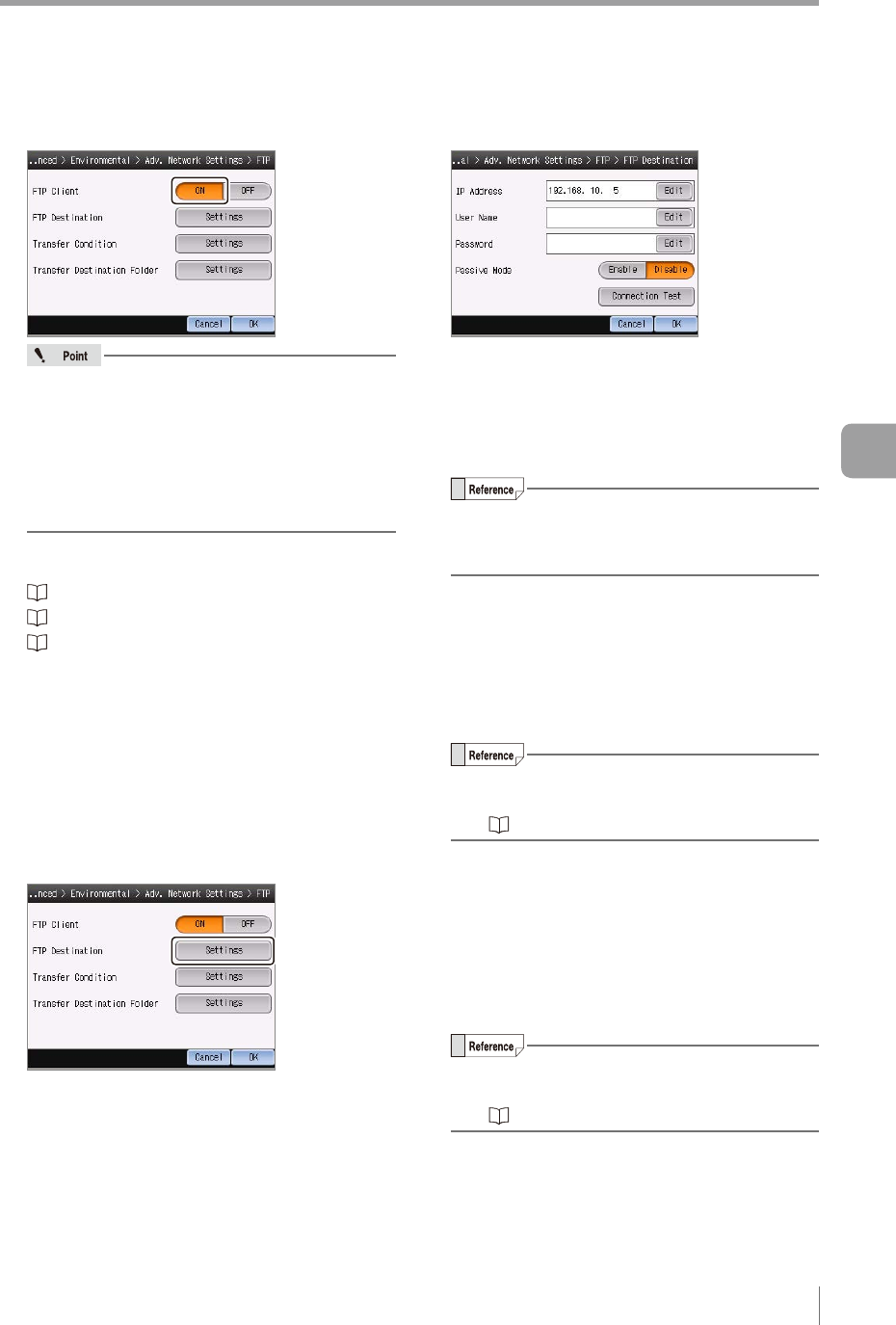User guide
Table Of Contents
- Introduction
- Safety Information for IV Series
- Important Instructions
- Precautions on Regulations and Standards
- Version of the IV Series
- Structure of This Manual
- Contents
- Chapter 1 Getting Started
- Chapter 2 Installation and Connection
- Mounting the Sensor
- Mounting the Monitor
- Cables
- Chapter 3 Basic Operation
- Overview of Screen and Operation
- Basic Operation Flow
- Operation when the Power is Turned on
- Setting to the Factory Default
- Basic Operation for the Monitor
- Chapter 4 Settings Navigator (Setting the Judgment Condition)
- Settings Navigator
- Basic Operation of the Settings Navigator
- 1. Image Optimization (Clearly Image a Target)
- 2. Master Registration (Registering an Image as a Reference for Judgment)
- 3. Tool Settings (Setting the Judgment Method for Targets)
- 4. Output Assignment (Setting Details of Outputting to Output Line)
- Display Method of Extended Functions Menus
- Chapter 5 Operating/Adjusting
- Starting an Operation
- Overview of the Operation Screen
- Names and Functions of the Operation Screen
- Adjusting Thresholds for Judgment
- Tool Auto Tuning (Automatically Adjusting the Judgment Condition)
- Operation flow for the Tool Auto Tuning
- Starting and finishing the Tool Auto Tuning
- Registering the OK/NG images to be used for the Tool Auto Tuning
- Confirming or deleting the images registered for the Tool Auto Tuning
- Tool Auto Tuning by the previous registration information
- Tool Auto Tuning by the registration information file
- Stabilizing the Judgment Process
- Stabilizing the judgment process by taking a clear image of the target
- Imaging the target widely
- Correcting the distorted images due to the installation
- Achieving adequate image brightness
- Achieving good focus
- Reducing the image blur
- Reducing the shininess of the glossy or metal surface
- Adjusting the color tint (for color type only)
- Reducing the effect of illumination variation
- Stabilizing by correcting the misaligned target position
- Stabilizing the position adjustment
- Stabilizing the Outline tool
- ■Basic adjustments
- ■If the outline cannot be detected when the target becomes out of position
- ■If the detection becomes unstable due to the effect of the unwanted outline other than the target
- ■If the target tilts and the outline cannot be detected
- ■If the match rate difference between the high and low-quality-targets is small
- ■If the outline of the target cannot be detected
- Stabilizing the Color Area/Area tool
- Stabilizing the judgment process by taking a clear image of the target
- Shortening the Processing Time
- Chapter 6 Useful Features/Various Functions
- List of the Useful Features
- Displaying the Sensor Setup Menu Screen
- Changeover for a Target (Program Functions)
- Sensor Image History (Confirming the Images whose Status Result is NG)
- Saving the Sensor Settings and Images to a USB Memory
- Setting the Extended Functions of the Sensor
- Setting the Advanced Monitor Information
- Chapter 7 Controlling with Input/Output Line
- Chapter 8 Specifications
- Appendices
- Status Table
- Matching Rate of the Outline Tool and Position Adjustment Tool
- Settings List
- Troubleshooting
- Error Messages
- Remedy when the Monitor cannot be Connected with the Sensor
- Initializing the Network Settings (IP Reset Switch)
- Maintenance
- Index

6-33
- IV Series User's Manual (Monitor) -
Setting the Extended Functions of the Sensor
2
Tap the [ON] button in FTP Client.
When the FTP client function is set to
[Enable], the image history will be cleared.
The number of images which can be saved
to the image history when using the FTP
client function are as follows.
Color type ................ 70 images
Monochrome type .... 210 images
3
Sets the FTP setting of the sensor.
“FTP Destination Settings” (Page 6-33)
“Transfer Condition Settings” (Page 6-34)
“Transfer Destination Folder Settings” (Page 6-35)
4
After the setting is completed, tap the [OK]
button.
The system returns to the Adv. Network Settings
screen.
FTP Destination Settings
1
Tap the [Settings] button in the “FTP
Destination”.
The FTP Destination screen opens.
2
Set the network address of the FTP server.
IP Address
Displays the IP address of the FTP server.
When the [Edit] button is tapped, the “IP Address”
screen opens.
Set an arbitrary address and tap the [OK] button.
The port number setting can be done on the
edit screen of “IP Address”.
Default port number : 21
User Name
Input the user name for logging in to the FTP
server.
When the [Edit] button is tapped, the “User Name”
screen opens.
Set an arbitrary address and tap the [OK] button.
Default: None (blank)
For details of how to enter characters, refer
to
“Inputting characters” (Page 3-16).
Password
Input the password for logging in to the FTP
server.
When the [Edit] button is tapped, the “Password”
screen opens.
Set an arbitrary password and tap the [OK]
button.
Default: None (blank)
For details of how to enter characters, refer
to “Inputting characters” (Page 3-16).
Passive Mode
To use the passive mode, tap the [Enable] button.
6
Useful Features/Various Functions










